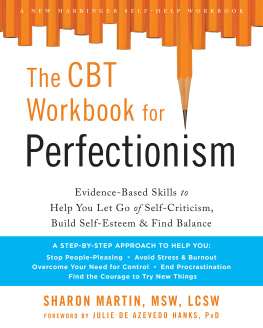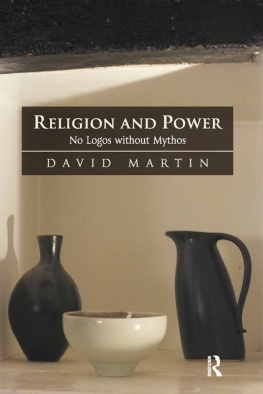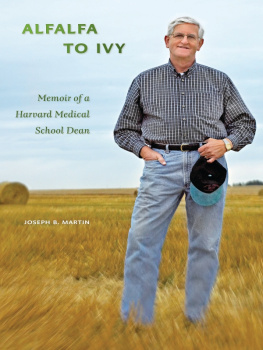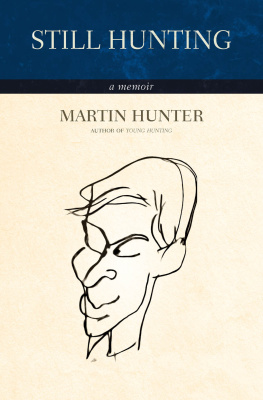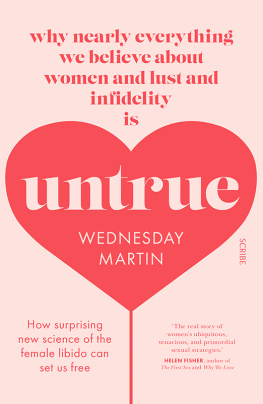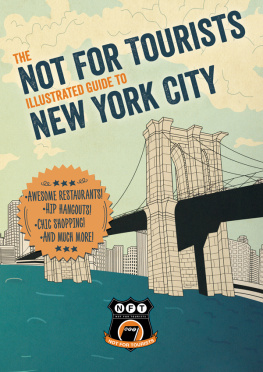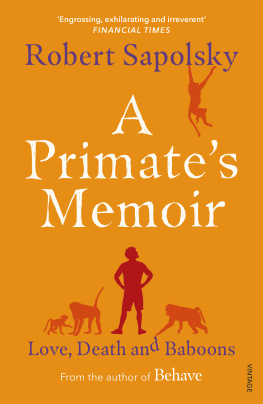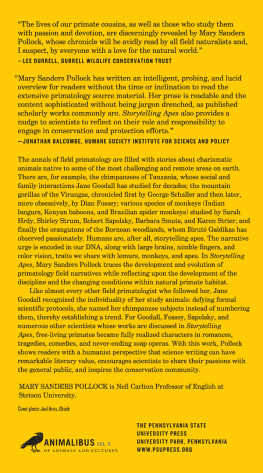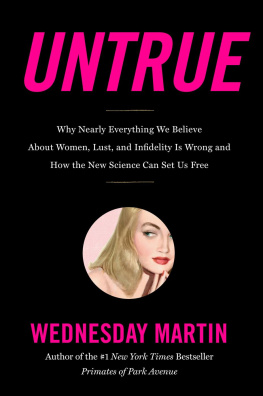ALSO BY WEDNESDAY MARTIN
Stepmonster: A New Look at Why Real Stepmothers Think, Feel, and Act the Way We Do

2015 BY ELENA SEIBERT
WEDNESDAY MARTIN, PhD, has worked as a writer and social researcher in New York City for more than two decades. The author of Stepmonster and Primates of Park Avenue , she has appeared on Today , CNN, NPR, NBC News, the BBC Newshour , and Fox News as an expert on stepparenting and parenting issues. She writes for the online edition of Psychology Today, and her work has appeared in the New York Times . She was a regular contributor to the New York Post s parenting and lifestyle pages for several years and has written for the Daily Telegraph . Wednesday received her PhD from Yale University and lives in New York City with her husband and their two sons.
MEET THE AUTHORS, WATCH VIDEOS AND MORE AT
SimonandSchuster.com
authors.simonandschuster.com/Wednesday-Martin
We hope you enjoyed reading this Simon & Schuster eBook.
Join our mailing list and get updates on new releases, deals, bonus content and other great books from Simon & Schuster.
C LICK H ERE T O S IGN U P
or visit us online to sign up at
eBookNews.SimonandSchuster.com
Thank you for downloading this Simon & Schuster eBook.
Join our mailing list and get updates on new releases, deals, bonus content and other great books from Simon & Schuster.
C LICK H ERE T O S IGN U P
or visit us online to sign up at
eBookNews.SimonandSchuster.com

Simon & Schuster
1230 Avenue of the Americas
New York, NY 10020
www.SimonandSchuster.com
Copyright 2015 by Wednesday Martin
All rights reserved, including the right to reproduce this book or portions thereof in any form whatsoever. For information, address Simon & Schuster Subsidiary Rights Department, 1230 Avenue of the Americas, New York, NY 10020.
First Simon & Schuster hardcover edition June 2015
SIMON & SCHUSTER and colophon are registered trademarks of Simon & Schuster, Inc.
For information about special discounts for bulk purchases, please contact Simon & Schuster Special Sales at 1-866-506-1949 or .
The Simon & Schuster Speakers Bureau can bring authors to your live event. For more information or to book an event, contact the Simon & Schuster Speakers Bureau at 1-866-248-3049 or visit our website at www.simonspeakers.com.
Illustrations by Andreas Gurewich
Jacket design by Jackie Seow
Jacket photograph Tony Kim/Trunk Archive
Library of Congress Cataloging-in-Publication Data
Martin, Wednesday.
Primates of Park Avenue : a memoir / Wednesday Martin, PhD First Simon & Schuster hardcover edition.
pages cm
Includes bibliographical references.
1. Martin, Wednesday. 2. Upper East Side (New York, NY)Biography. 3. New York (NY)Biography. 4. MothersNew York (State)New YorkBiography. 5. MothersNew York (State)New YorkSocial life and customs. 6. PrimatesBehaviorMiscellanea. 7. Interpersonal relationsNew York (State)New York. 8. Upper East Side (New York, NY)Social life and customs. 9. New York (NY)Social life and customs. I. Title.
F128.68.U63M37 2015
974.7'1dc23
2014041481
ISBN 978-1-4767-6262-3
ISBN 978-1-4767-6272-2 (ebook)
For Blossom and Daphne. And for all the mommies.
CONTENTS
INTRODUCTION
O NE OF the first gifts I received after my older son was born was a baby book from an old friend, a mom of two who still lives in the small Michigan town where she and I grew up. The gift both welcomed my son and acknowledged that I was living in New York City now, a place very different from the one where she and I spent our childhoods. Urban Babies Wear Black is a whimsically illustrated board book that lists, with the succinctness of a five-minute sociology lecture, exactly how urban babies are differentstarting with their outfits (black and stylish versus pink or blue and cutesy-pie), going on to what they eat and drink (sushi and lattes versus hot dogs and milk) and how they pass the time (going to operas and art galleries versus the playground). Im pretty sure I loved this book more than my baby did. In our first weeks at home together, I read it to him over and over. Sometimes, I even found myself reading it while he napped.
Eventually it dawned on me that the appeal of the book was that it also had things to say about the babies mothers. These creatures were visible only in small, alluring piecesa high heel here, a fancy dog leash thereas they strolled and jogged and taxied and toted their tots across the pages of the book, making their babies chicly urban, being chicly urban themselves. I scrutinized the manicures and the fur baby carriers closely as I read aloud to my son. Who were they really, these glamorous, stylishly turned out women with sophisticated babies? What did they do? And how did they do it?
I wanted to see more of these mommies of urban babies because I wanted to know more about my peers, other Manhattan mommies. Because I was a woman with kids in the industrialized West, I was mothering utterly unlike the people I had studied and written about for years in my work as a social researcher focusing on, among other things, the history and evolutionary prehistory of family life. Hunter-gatherers and foragers, living as our ancestors once did, raise their babies communally, in a rich social network of mothers, sisters, nieces, and other conspecifics who can be counted on to care for (and even nurse) the infants of others as if they were their own. My mother had a version of this support system when my brothers and I were growing up in Michigan: a dozen or so other women in the neighborhood who mothered full-time were fictive kin she could call on to watch us when she needed to run an errand or take a nap, or simply craved some adult company. Meanwhile, we got to hang out with other kids. Backyards connected homes, mothers, and children in a web of reciprocal altruism: You help me, Ill help you. Ill watch the kids from my back window today, you do it tomorrow. Thanks for the flour; Ill bring you a slice or two of cake when its baked.
In stark contrast, my New York City baby and I lived in an intensely privatized way, in spite of our proximity to so many others. I seldom even saw my hundreds of downtown Manhattan neighbors, who were busy with their own lives. Everything they did transpired in spacesoffices, apartments, schoolssequestered from public view. Having left my natal group, living far from my natal land, I had no nearby kin to call on. My closest adoptive relatives were elderly in-laws, enthused to see us but unable to lend a hand. And, as we live neolocally in the United Statesleaving extended family to form our own separate households upon marriagethey were a half hours journey from us, anyway.
Meanwhile my husband, like my own father and so many fathers in the West, and particularly the ones in Manhattanan extraordinarily expensive town, where the pressure on wage earners with dependents is tremendouswent back to work after just a week home with the baby and me. For a time we had a baby nurse, a fixture of Manhattan babyhood who is hired through word of mouth to help with the type of baby basics our mothers and grandmothers used to teach us. She arrived cheerily every morning to lend a hand and remind me of what I had learned from the hospital maternity wards brief baby-care classes, and from babysitting so long before. Aside from her and the friends who visited, though, I was mostly alone with our neonate, and with my anxieties about getting mothering right, day after day.
Next page

